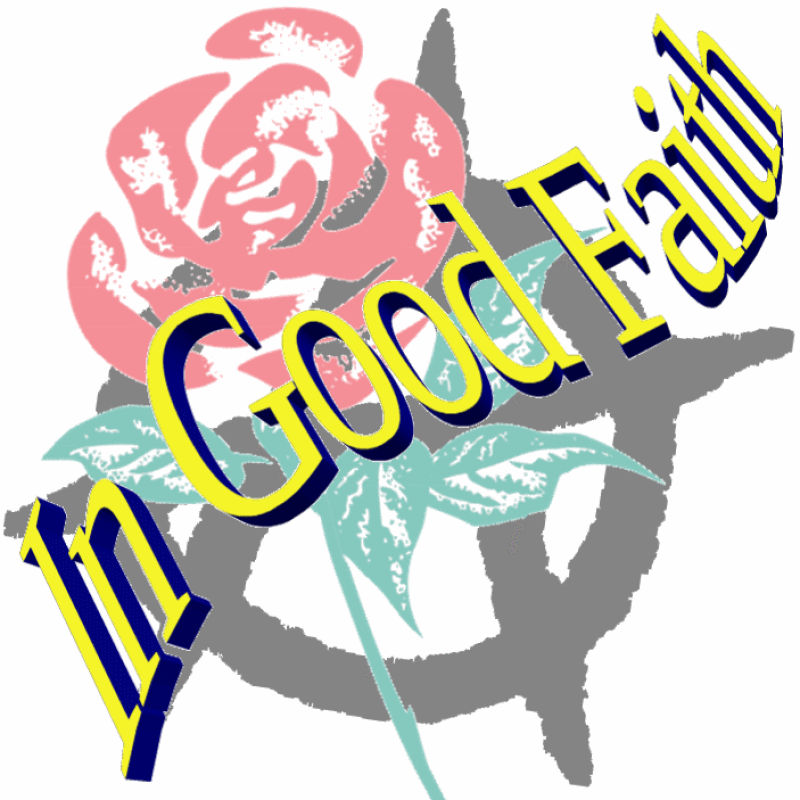How One Mycologist Saved France’s Wine (Among Other Things)

Pierre-Marie-Alexis Millardet, born on this day in 1838, devoted a large chunk of his life to mycology–the study of fungus. He’s remembered for figuring out how to effectively kill it. Unfortunately, his remedy for the fungus that was sweeping European crops would go on to have deadly consequences for workers.
/https://public-media.smithsonianmag.com/filer/0d/73/0d736cc3-cf27-4636-82d7-11845724daca/wine.jpg) French wine became imperilled in the mid-1800s
French wine became imperilled in the mid-1800s
as twin pests from America swept through European agricultural regions
Pixabay
In the mid-1800s, France’s grapes were in trouble: Two pests from America were wreaking havoc in their fields. The grape phylloxera, a tiny insect native to the northeastern United States, as well as the fungus that causes downy mildew on grapevines, Plasmopara viticola, came over with shipments of American grapevines brought over to be grafted and used in creating grape hybrids. Both the bug and the fungus spread around Europe, causing devastation in wine-growing regions.
Millardet was then a professor of botany in Nancy, France, writes Bernard Dixon for The Lancet. He was asked to help the grape-growers of Bordeaux. The problem of the insects was relatively simple. He “brought this plague under control by introducing resistant American vines as stocks for grafting with European varieties,” writes the Encyclopedia Britannica. In other words, the European varieties of grape were still growing, but the roots that were soaking up nutrients for them were from American varieties.
So far, so good. But the problem of downy mildew, which damaged the leaves and vines of the plant, wasn’t such a simple solve. Millardet had worked under a prominent mycologist, Anton de Bary, in Germany during his education, Dixon writes, so he was well-prepared to meet the problem. An already-extant local remedy against thieving had promise: “Farmers for centuries in the Médoc area of France had sprinkled their vines with a thick mixture of copper sulfate, lime, and water, whose unappetizing appearance discouraged thieves from stealing the grapes,” writes the Encyclopedia.
In October of 1882, the story goes, he observed that plants treated with this mixture didn’t suffer from downy mildew to the same degree. Working with a chemistry professor from the University of Bordeaux, he spent several months experimenting to find the best formula for controlling the fungus. The resulting “Bordeaux mixture” was the first fungicide to be effective on commercial scales. It was “adopted rapidly,” writes Dixon, “not only by vineyard owners throughout France but by potato growers in North America and elsewhere around the world. It had considerable economic impact, safeguarding vulnerable crops, averting hunger and thus saving lives.”
While Bordeaux mixture remains effective and is used to this day, we now know more about the adverse effects of using too much of it. Too much is harmful to fish, livestock, and earthworms, among other creatures, and truly large quantities of it are hazardous to the workers who apply it.
One place the toxic mixture had big effects was on tropical banana plantations owned by the United Fruit Company. During the 1920s and 1930s, a specific kind of fungus started attacking the company’s bananas. Starting in 1935, writes historian Virginia Jenkins, the company started large-scale operations spraying Bordeaux mixture on plants. On the treated banana plantations, she writes, “Bordeaux mixture turned everything whitish-blue–the plants, the ground and the men themselves–and lasted for days.” Bananas treated this way had to be cleaned before shipping.
Eventually, writes Dan Koeppel, workers who were exposed to too much Bordeaux mixture would turn permanently blue. Some lost their sense of smell, couldn’t hold down food. Some died.
The human legacy of Bordeaux mixture had good sides and bad sides: After all, it did help to save some victims of the Irish potato famine and others in Europe, but used on an industrial scale by the banana industry it killed animals and people. It’s still available in much of the world, and easy enough to make at home, but it’s worth remembering the whole history of this simple gardening product.
=============================
by Kat Eschner
There may be links in the Original Article that have not been reproduced here.




United Fruit.... Now where have I heard that name before?
Interesting article.
Ahhhh, good old United Fruit, the extended arm of the America in South America...To no good end.